Facts about the Great Depression that put modern times in perspective
The Great Depression was a seismic event that reshaped the world. It wasn’t just an economic downturn; it was a societal upheaval. By examining its causes and effects, we can gain insights into how economies function during crises.
Understanding this period is crucial because it laid the groundwork for many modern economic policies. As we explore the various facets of the Depression, we’ll see how it affected every stratum of society, from Wall Street to Main Street.
The Stock Market Crash of 1929: The Beginning of the End
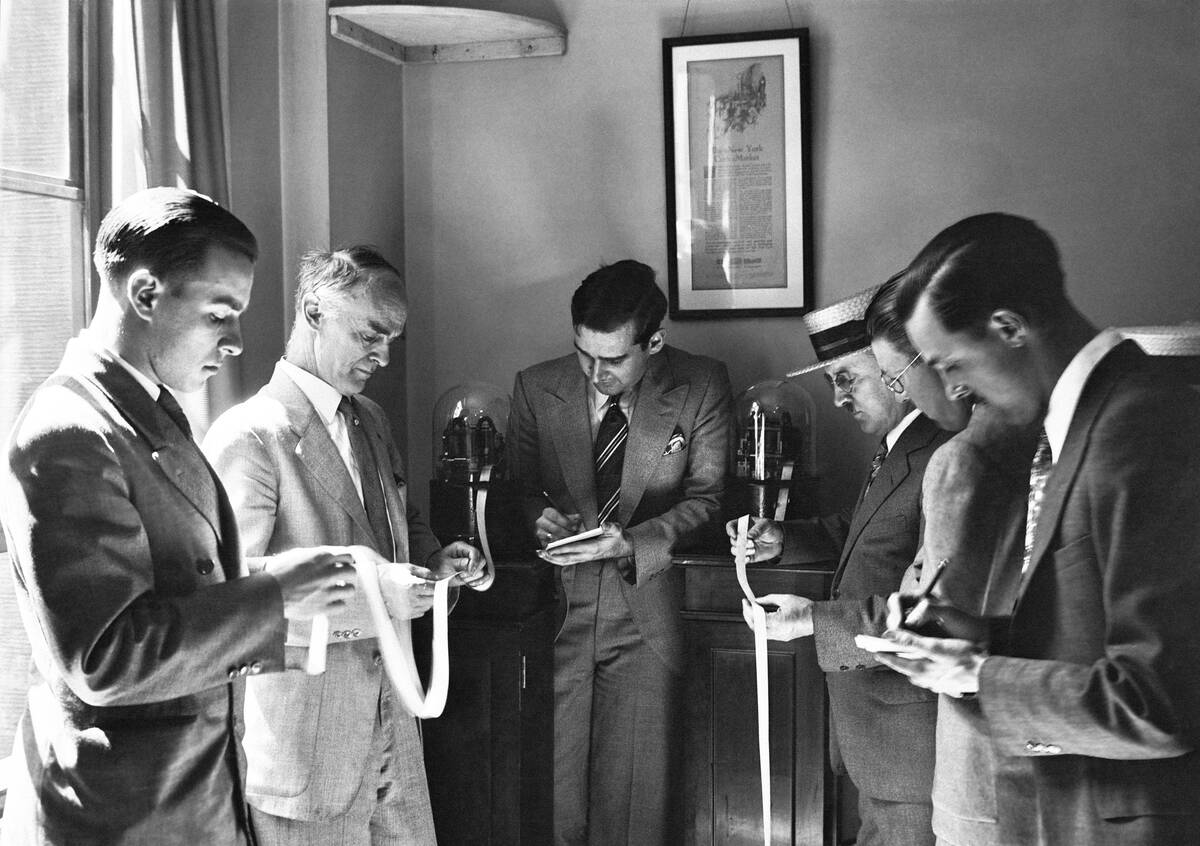
On October 29, 1929, known as Black Tuesday, the stock market plummeted, wiping out billions of dollars in wealth. This crash didn’t just affect the wealthy investors; it sent shockwaves throughout the economy.
People who had never owned stocks still felt the impact as banks began to fail. The crash signaled the start of the Great Depression, highlighting the risks of speculative bubbles and lack of regulation. This event serves as a stark reminder of the volatility inherent in financial markets.
Bank Failures: When Savings Disappeared Overnight
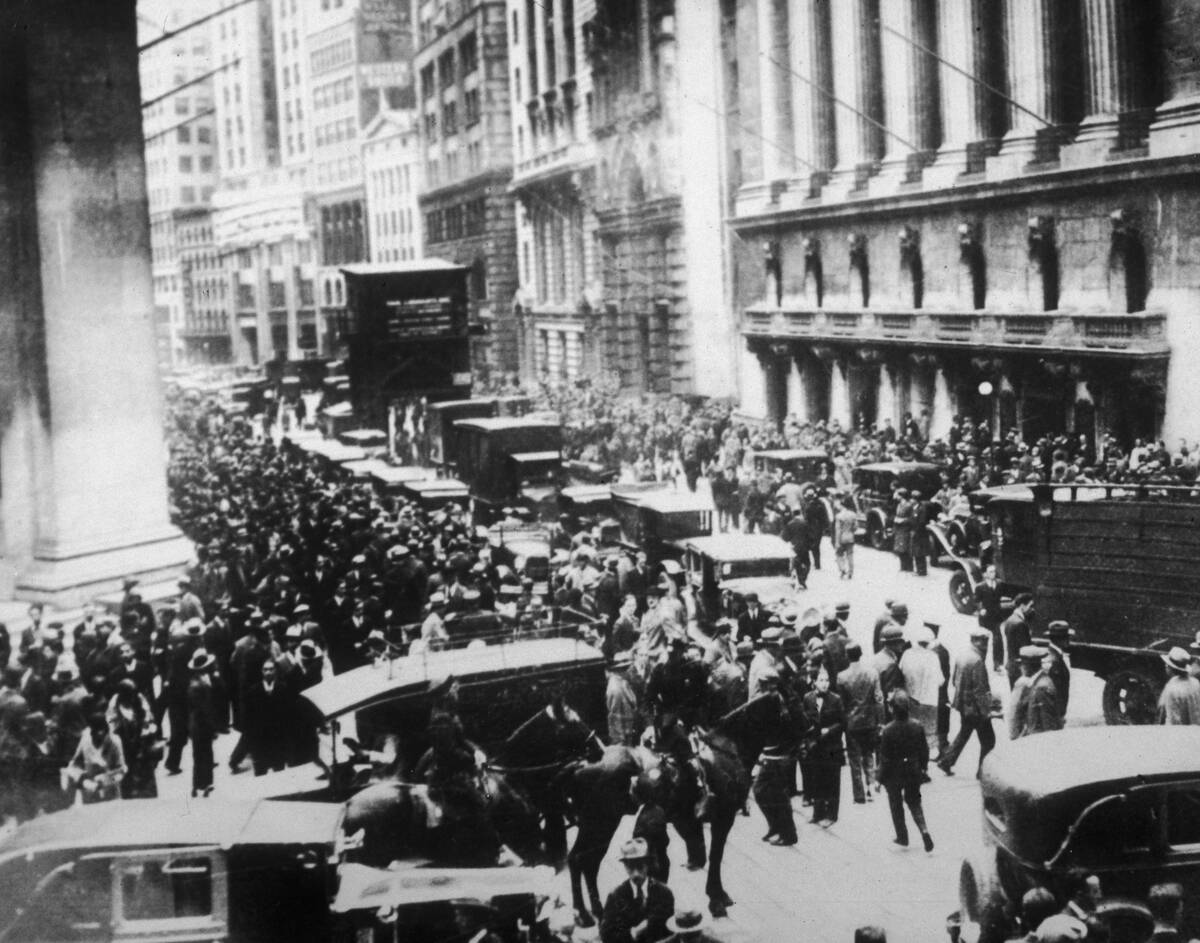
As the stock market collapsed, banks were next in the line of fire. By 1933, nearly 11,000 of the United States’ 25,000 banks had failed. For many, this meant their life savings vanished overnight, as insurance for bank deposits didn’t exist at the time.
People lost faith in the banking system, prompting runs on banks that further destabilized the financial sector. This crisis underscored the necessity for federal deposit insurance, leading to reforms that would later stabilize the banking industry.
The Unemployment Crisis: Jobs Were a Rare Commodity
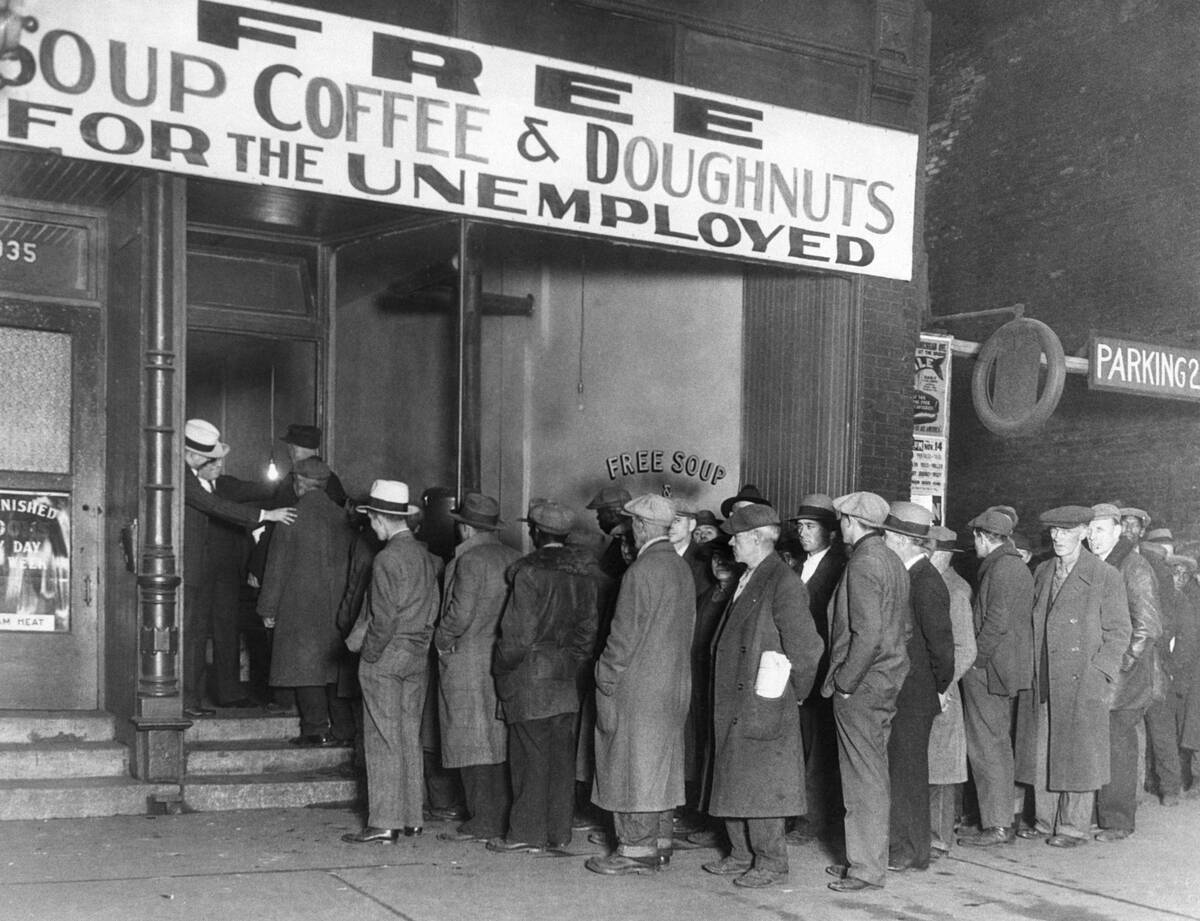
The unemployment rate soared to nearly 25% by 1933, leaving millions without work. This wasn’t just a statistic; it was a daily struggle for families to make ends meet. Jobs were scarce, and competition was fierce.
Many people traveled from town to town in search of work, only to find that opportunities were few and far between. This desperate situation highlighted the need for social safety nets and job creation programs, eventually leading to changes in labor policies.
Breadlines and Soup Kitchens: A New Reality for Many

With unemployment rampant, breadlines and soup kitchens became common sights in cities across the nation. Charitable organizations and local governments stepped in to provide food to those in need. These lines were a humbling experience for many former middle-class citizens who found themselves relying on charity for the first time.
The image of Americans standing in line for a meal remains one of the most enduring symbols of the Great Depression, illustrating the widespread impact of economic hardship.
The Dust Bowl: Nature’s Wrath on Top of Economic Woes

The Dust Bowl, a severe drought combined with poor farming practices, devastated the Great Plains. Dust storms destroyed crops and made farming impossible, forcing hundreds of thousands to migrate.
This environmental disaster compounded the economic struggles of the Depression, highlighting the delicate balance between nature and human activity. The Dust Bowl prompted changes in agricultural practices and conservation efforts, as people learned the hard way about the importance of environmental stewardship.
Hoovervilles: Makeshift Homes for the Homeless
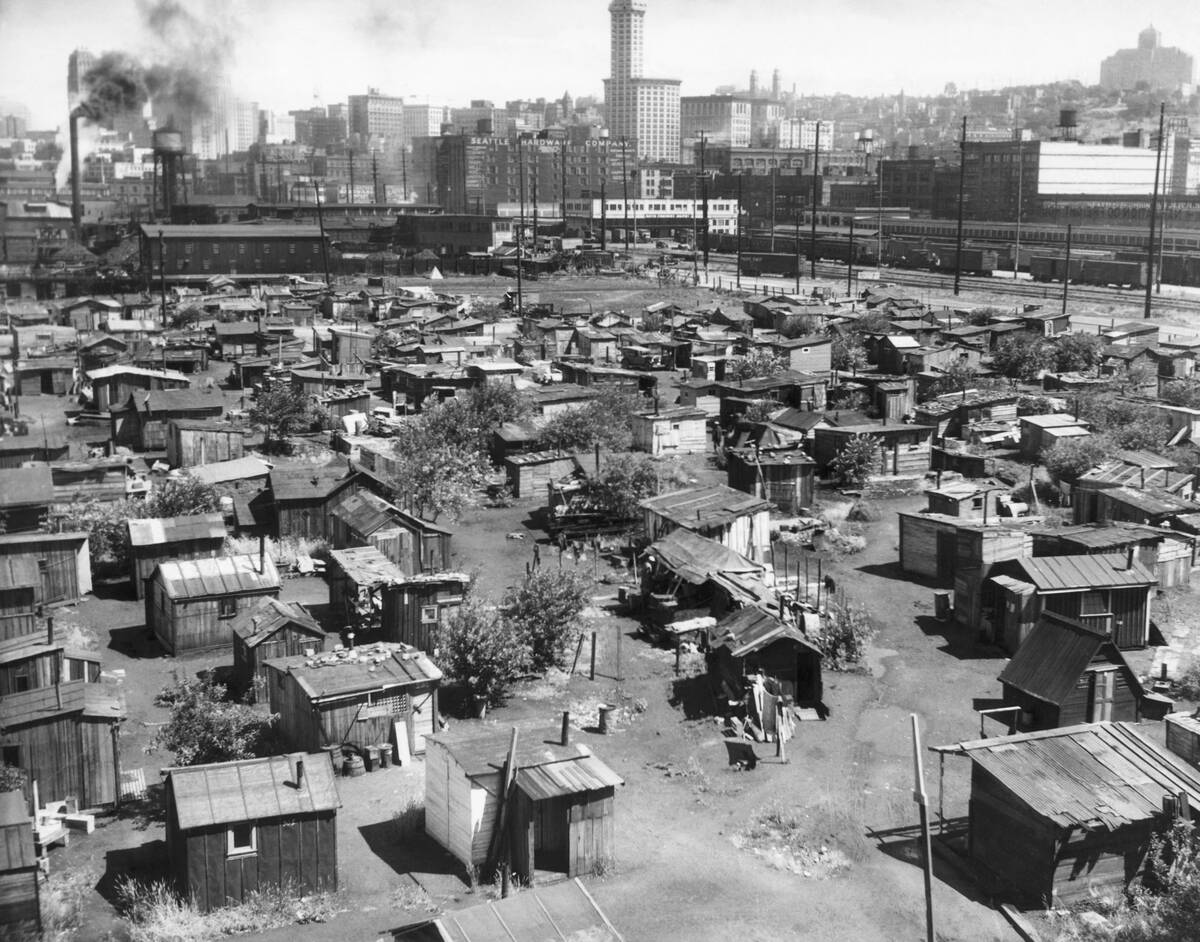
As the Depression deepened, makeshift shantytowns known as Hoovervilles sprang up across America. Named derisively after President Hoover, these settlements were built by those who lost their homes.
Constructed from scraps and debris, Hoovervilles were a stark reminder of the desperation faced by many. They highlighted the government’s initial inability to adequately address the housing crisis, eventually leading to more robust housing policies and federal intervention as part of the New Deal.
The Gold Standard and Its Role in the Economic Downturn
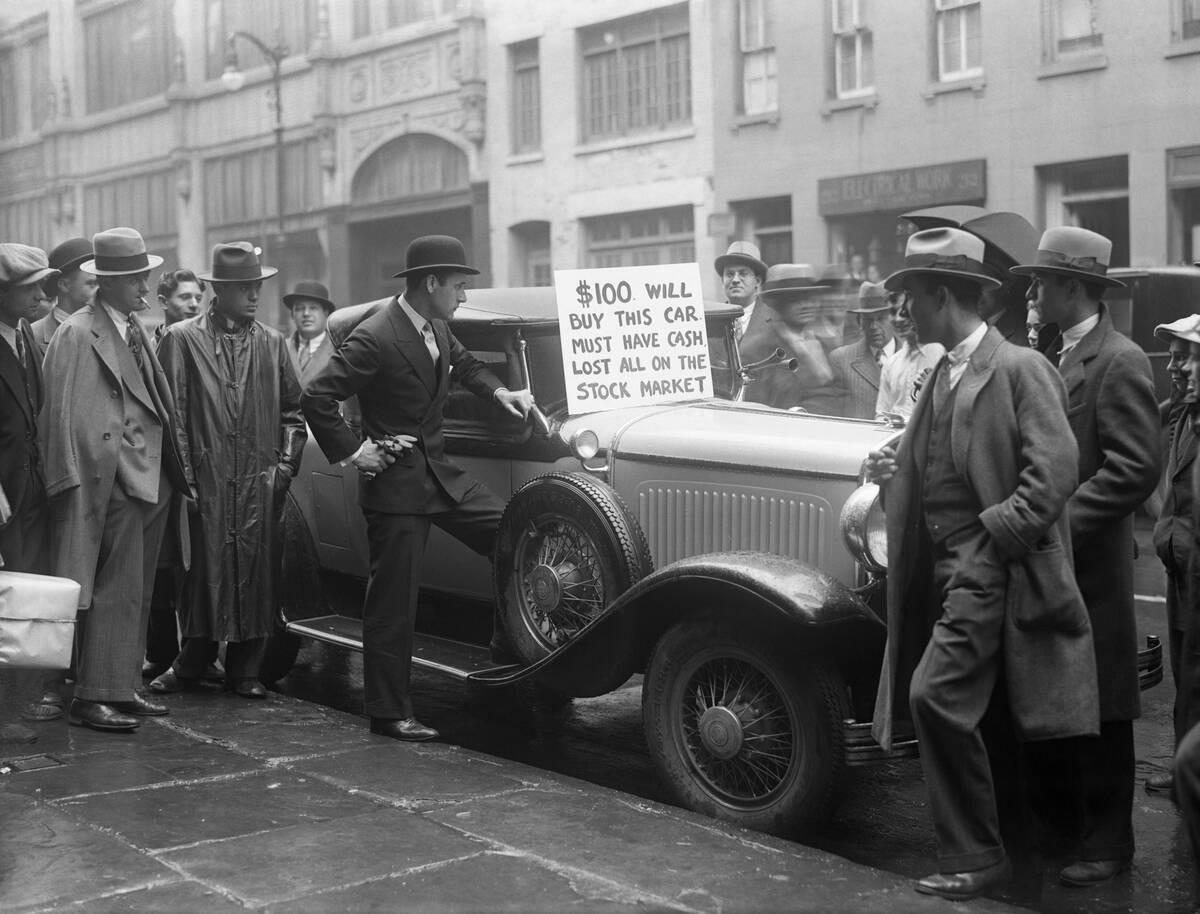
The gold standard, which tied currency value to gold, limited the flexibility of monetary policy during the Depression. Countries couldn’t adjust their money supply easily, exacerbating deflation and economic contraction.
In the U.S., abandoning the gold standard in 1933 allowed for more monetary policy flexibility, aiding recovery efforts. This shift marked a significant change in economic policy, illustrating the need for adaptable financial systems in managing economic crises.
The Smoot-Hawley Tariff Act: A Trade Blunder

The Smoot-Hawley Tariff Act of 1930 aimed to protect American industries by raising tariffs on imported goods. However, it sparked a trade war, causing international trade to plummet by two-thirds.
Countries retaliated with their own tariffs, worsening the global economic downturn. This act is often cited as a cautionary tale of protectionism, demonstrating how such policies can backfire and deepen economic distress instead of alleviating it.
The Rise of the New Deal: Government Steps In
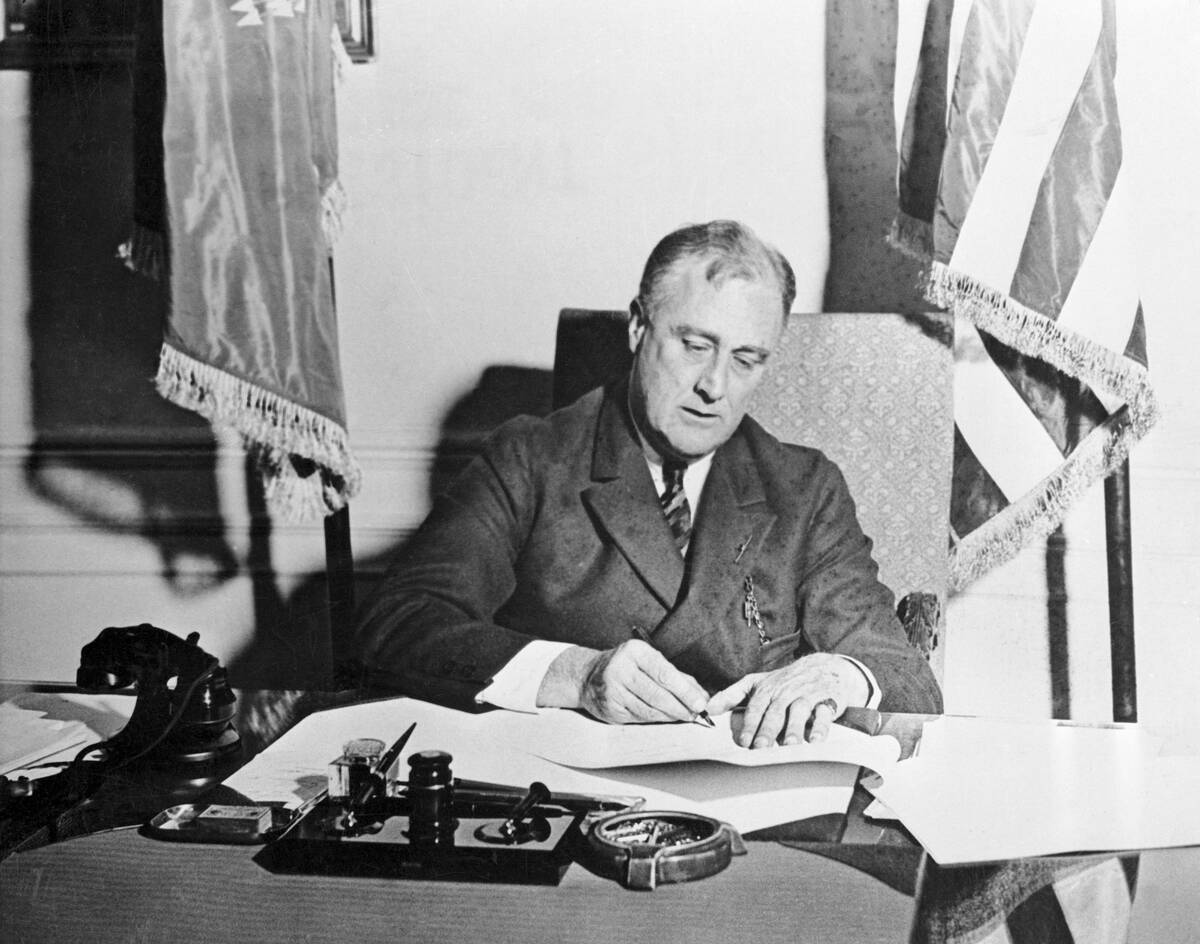
In response to the Depression, President Franklin D. Roosevelt introduced the New Deal, a series of programs and reforms aimed at economic recovery. The New Deal focused on immediate relief, economic recovery, and financial reforms.
Programs like the Civilian Conservation Corps and the Works Progress Administration provided jobs, while reforms such as the Glass-Steagall Act stabilized the banking system. The New Deal marked a significant shift in government intervention, laying the foundation for the modern welfare state.
Social Security Act of 1935: Birth of a Safety Net
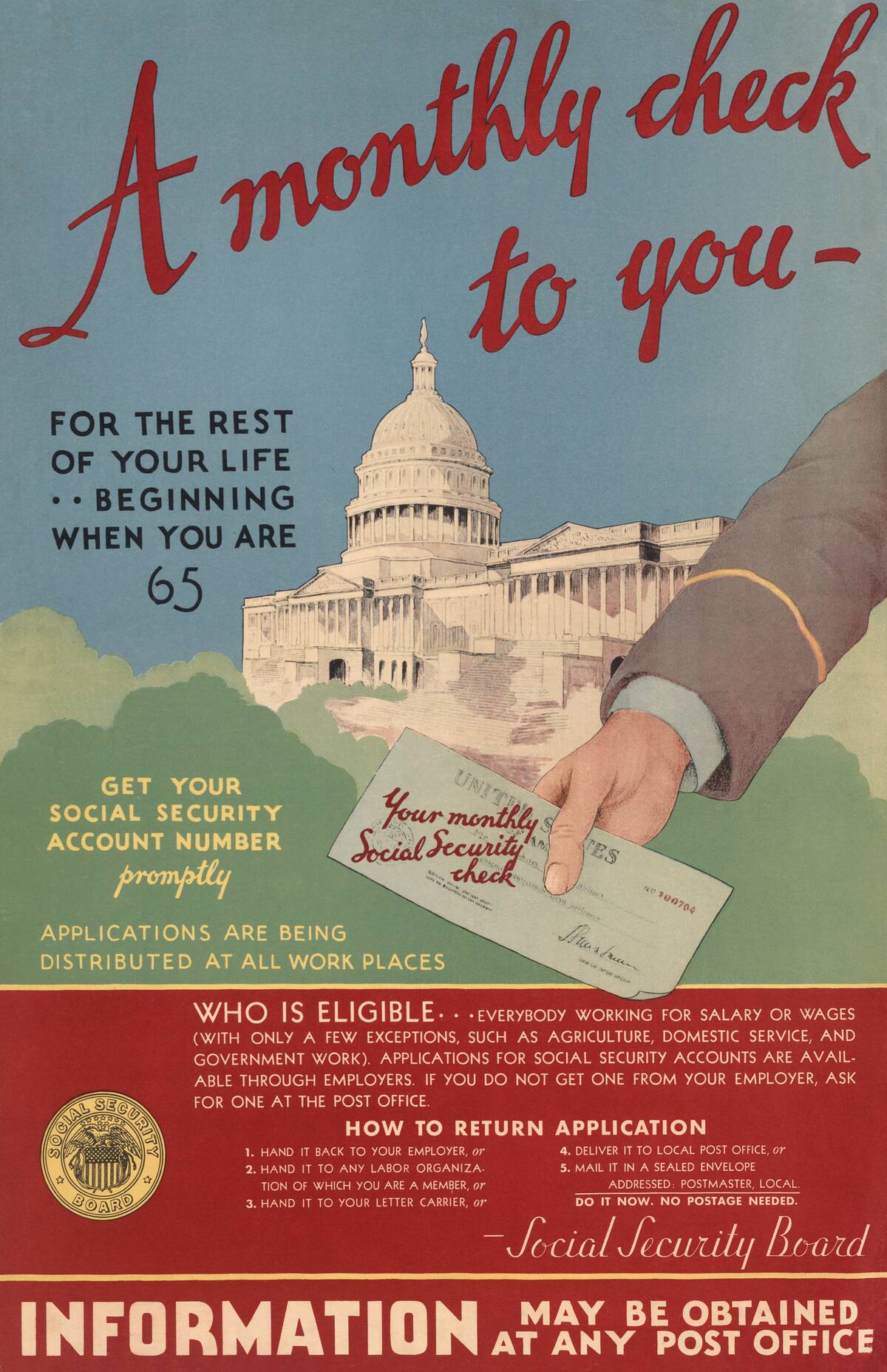
The Social Security Act of 1935 established a system of old-age benefits and unemployment insurance, creating a safety net for the vulnerable. It was a pioneering step in social welfare, reflecting the need for a structured support system for the elderly and unemployed.
This act laid the groundwork for future social welfare programs, providing a model for other nations. It remains a cornerstone of American social policy, ensuring financial security for millions.
The Cultural Impact: How Art and Music Responded
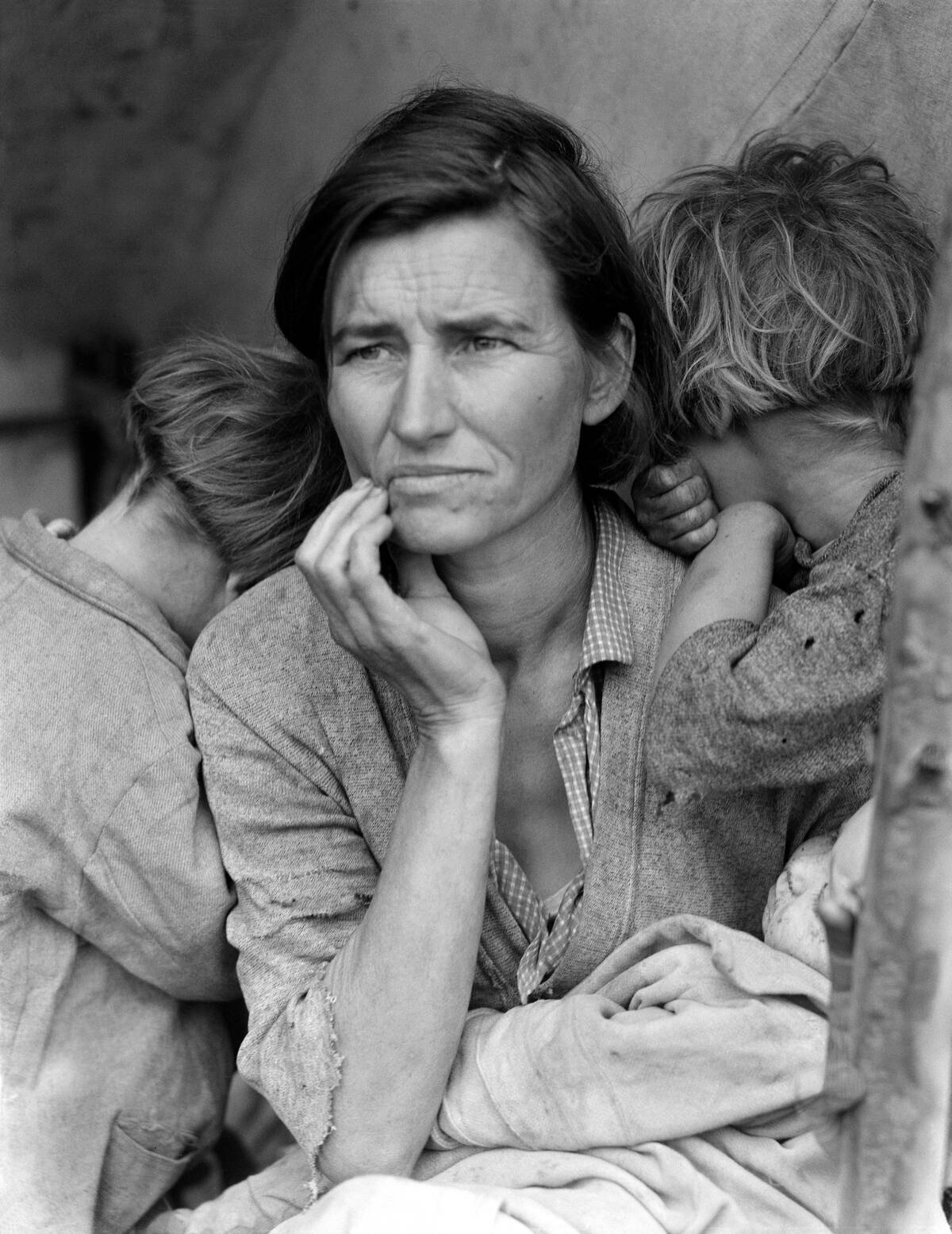
The Great Depression had a profound impact on culture, inspiring a wave of creativity in art and music. Artists like Dorothea Lange captured the era’s struggles through poignant photography, while musicians like Woody Guthrie gave voice to the people’s plight through folk music.
This cultural expression provided solace and solidarity, reflecting the resilience of the human spirit. The era’s art and music continue to resonate, offering insight into the social and emotional landscape of the time.
The Global Effects: How the Great Depression Reached Every Corner

The Great Depression was not confined to the United States; it was a global crisis. Countries around the world experienced economic downturns, leading to widespread poverty and political instability.
In Europe, it contributed to the rise of totalitarian regimes, as people sought strong leadership in desperate times. The global nature of the Depression highlighted the interconnectedness of economies, underscoring the need for international cooperation in addressing economic challenges.
Innovations Born Out of Necessity: Creativity in Hard Times
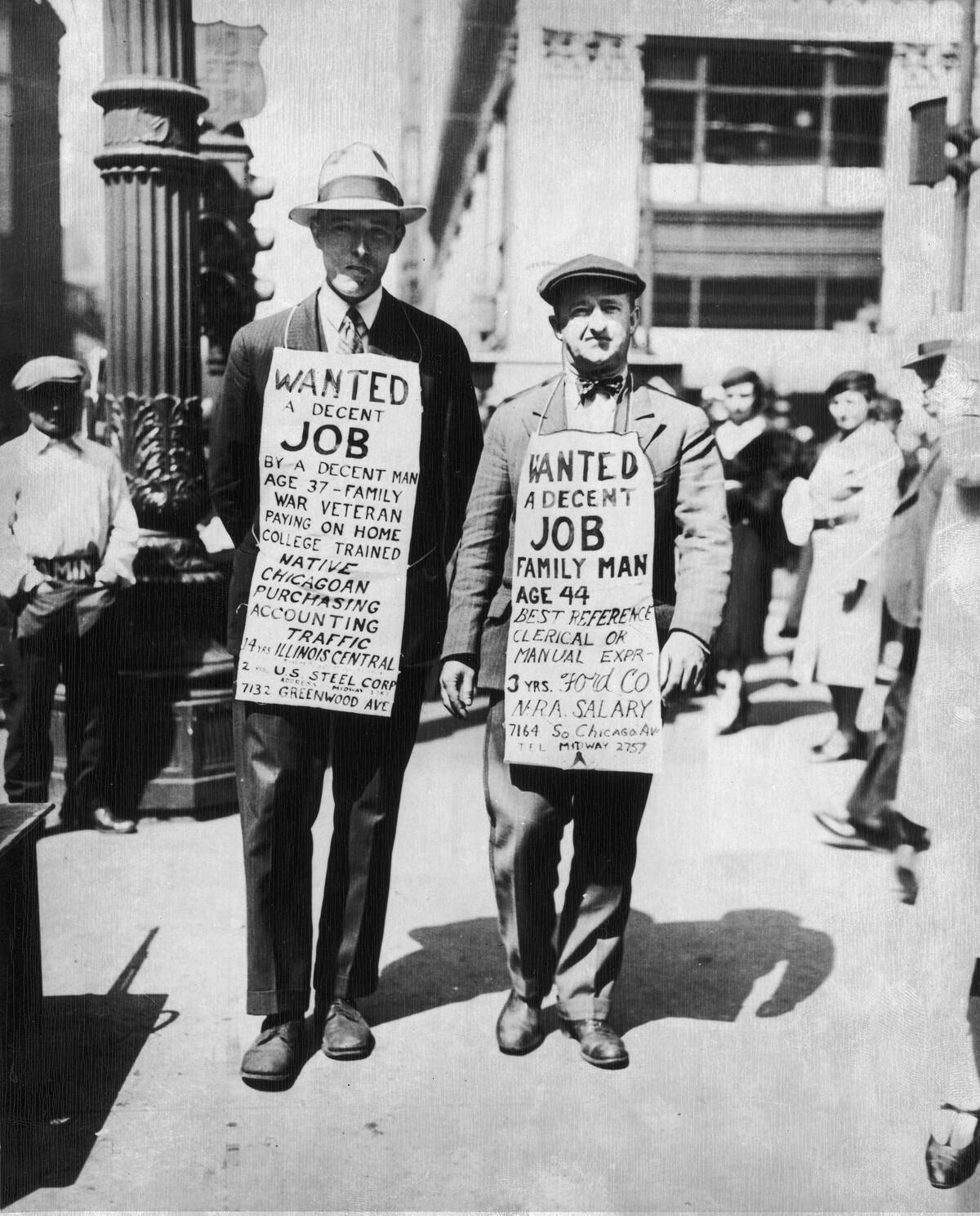
Despite the hardships, the Great Depression spurred innovation and creativity. Necessity became the mother of invention, leading to new technologies and business models. For instance, companies like Procter & Gamble thrived by offering affordable consumer goods, while advancements in aviation and radio technology flourished.
These innovations showed how adversity could drive ingenuity, paving the way for future economic growth and development.
Lessons Learned: Economic Policies Shaped by the Depression
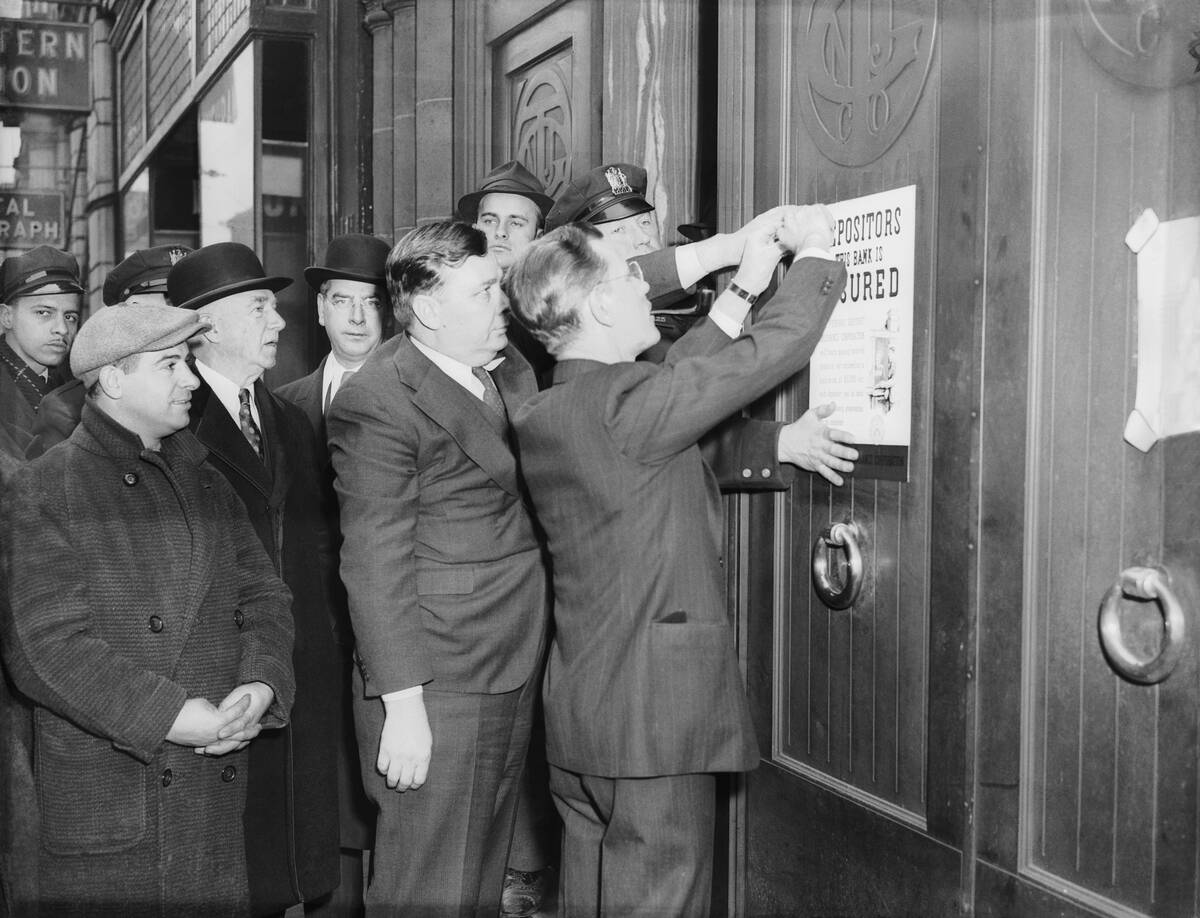
The Great Depression taught valuable lessons about economic policy and regulation. It underscored the importance of government intervention in stabilizing the economy and protecting citizens from financial ruin.
Key reforms, such as banking regulations and social welfare programs, were implemented to prevent future crises. These lessons continue to inform economic policy today, emphasizing the need for balance between free markets and regulatory oversight to ensure economic stability and growth.
Comparing Today’s Economy: Are We Better Prepared?

Today’s economy, while still facing challenges, benefits from the lessons learned during the Great Depression. Financial safeguards, such as deposit insurance and regulatory frameworks, help protect against systemic collapse.
Additionally, modern economic tools, like monetary policy and fiscal stimulus, provide means to address downturns. While no system is perfect, these measures have helped create a more resilient economy, better equipped to withstand shocks and recover from crises more effectively.



